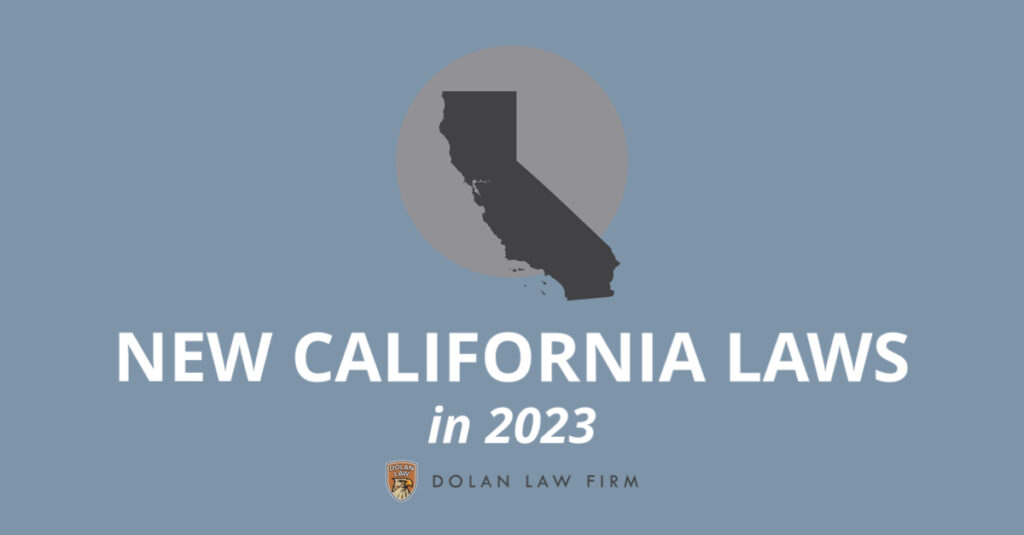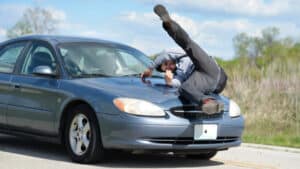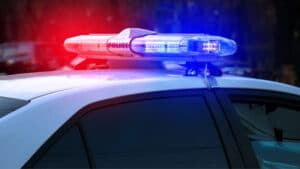Written By Chris Dolan and Allison Stone
This week’s question comes from Jennifer from Oakland, who asks: With new changes to the traffic laws in 2023, what do motorists, bicyclists, and pedestrians need to know to share the road safely?
Dear Jennifer,
Thank you for your question. Yes, new laws are affecting drivers, bicyclists and pedestrians in California. These changes began as of January 1, 2023. Here are some of the changes taking effect:
Omni Bike Bill (AB-1909)
The OmniBike Bill (AB-1909), written by Assemblymember Laura Friedman, changes how cars and bike riders share the road. The goals and purpose of the changes were to ensure that cyclists on California streets were safer and more protected, to help cyclists and motorists safely share the road, and to reduce collisions involving bike riders and motorists. The bill makes four significant changes to the vehicle code in California.
- First, drivers passing a bicyclist travelling in the same direction must change lanes/move over into an adjacent traffic lane, if available, before passing a bicycle, just as it would when passing another car on the road. That is, vehicles must move into another lane with due regard for safety and traffic conditions, if practicable and not prohibited by law. This contrasts with the previous law – a.k.a. the “3-foot rule” passed in or about 2013/2014, which required that a driver passing a bike rider do so at a distance of at least three feet. Many felt this 3-foot rule was too hard to measure with two moving objects on the road, was difficult to enforce, and did not provide enough room or cushion for the safety of a bicyclist. This change is a significant improvement over the previous 3-foot rule. It offers clearer directives and makes it easier for cars to pass bikers safely while preventing and reducing serious and life-altering bicycle accidents. The requirement of changing lanes to pass will make it easier for police to cite drivers who fail to give bikes room for safety. Penalties may vary by county, but those who violate the law face fines and fees.
- Second, cities and counties are now prohibited from requiring and enforcing bicycle licenses’ law.
- Third, the new law essentially eliminates local authorities’ ability to ban electric bikes from bike paths. Class 3 electric bicycle riders are permitted on approved bicycle paths, trails, and lanes. In other words, there is no longer a statewide ban on class 3 (the fastest) electric bikes on bicycle paths, trails, bikeways, bicycle lanes, equestrian trails, and hiking and recreational trails. Notably, electric bicycles can still be banned from certain hiking trails and equestrian paths.
- A fourth change that goes into effect on January 1, 2024, is that bicyclists can cross an intersection when a “WALK” pedestrian signal is on instead of only when there is a green light.
Freedom to Walk Act (AB-2147)
Another important change that came into effect as of 2023 is AB-2147, also known as The Freedom to Walk Act written by Assemblymember Phil Ting (D- San Francisco). This law prohibits officers from stopping pedestrians for violations such as crossing the road outside of a crosswalk (jaywalking) unless there is immediate danger of a collision. In that case, an officer can stop and cite a pedestrian. Crossing the street outside a crosswalk is now legal, and you will not get a ticket if the road is wide open. For more information, see our blog on this specific topic.
Vehicular Manslaughter: Speeding and Reckless Driving (SB-1472)
Next, SB 1472 also known and cited as Ryan’s Law, involves speeding, reckless driving, and vehicular manslaughter. This law increases what constitutes “gross negligence” with the crime of vehicular manslaughter. Drivers involved in a fatality during sideshow activity, exhibition of speed, or speeding over 100 miles per, may now be charged with Vehicular Manslaughter with Gross Negligence. This law was enacted to ensure streets and highways are protected from reckless drivers and excessive speeding, given the increased number of fatalities and the popularity of street racing and sideshows.
Motor Vehicle Speed Contests and Exhibitions of Speed: Off-street Parking Facilities (AB-2000)
Lastly, while it was already illegal to participate in races on the highway, AB 2000 now makes it illegal to participate in speed contests, exhibitions of speed, races, burnouts, or sideshow activities in locations including parking lots and off-street parking structures.










